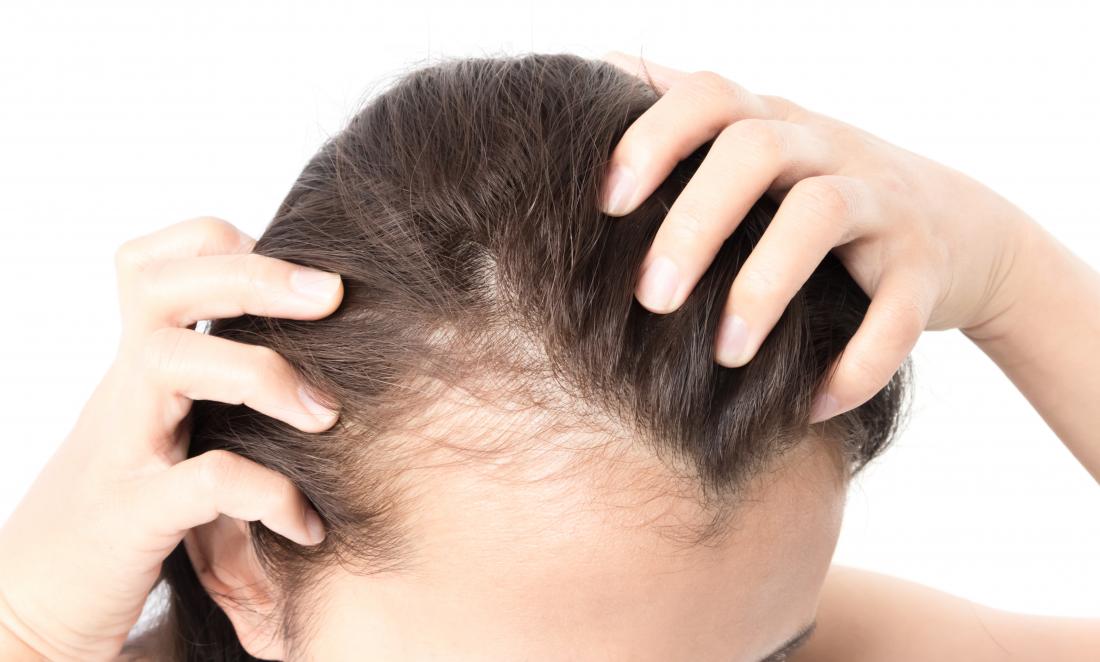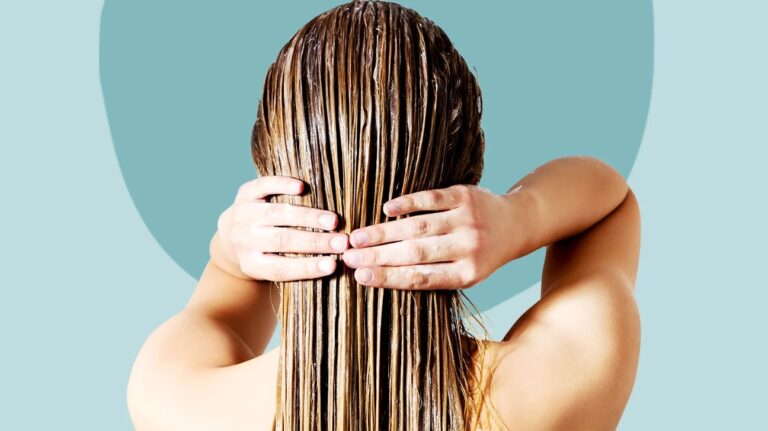Hair loss can be an emotionally and physically challenging experience for women. It can take a toll on self-confidence, leading to feelings of insecurity, depression, and anxiety. The good news is that there are ways to address hair loss in women – but it’s important to understand the causes first.
This comprehensive guide will cover everything from the most common types of female hair loss to available treatments and preventative measures you can take now. Every woman should know her options when it comes to dealing with this difficult condition so she can make educated decisions about her healthcare choices. With the right knowledge and tools at your disposal, you\’ll be equipped to tackle your hair loss head-on!
Understanding the Causes of Hair Loss in Women
Hair loss is a common problem among women that can have many causes. It is important to understand these causes so you can better address the issue. Stress, hormonal imbalances, genetics, and certain medical conditions are all potential triggers for hair loss in women. Other contributing factors include diet, medications, and lifestyle choices such as smoking or excessive styling.
Additionally, some women may experience hair thinning due to aging or menopause-related changes. Knowing the underlying cause of your hair loss can help determine effective treatment options for restoring it to its original strength and thickness.
Treatment Options for Female Pattern Baldness and Alopecia

When it comes to treating female pattern baldness and alopecia, there are many options available. The most common treatments include topical medications, such as minoxidil or finasteride; laser therapy; hair transplantation surgery; scalp reduction surgery; and various dietary supplements. Topical medications are the least invasive of the treatment options but may not be effective for all women. Laser therapy is an increasingly popular option that can help stimulate new growth in some cases and even slow down further hair loss.
Hair transplants involve removing healthy hairs from one area of the scalp and surgically placing them in areas where there is significant thinning or balding. Scalp reduction surgeries remove a portion of skin near the top of the head to reduce balding areas by stretching adjacent regions with more hair density around them while simultaneously reducing the overall size of the scalp. Finally, dietary supplements can help improve overall health including providing essential vitamins that promote healthier follicles which grow stronger strands at a faster rate than usual helping to combat thinning or patchy hair growth over time.
Non-Medical Therapies for Regrowing Lost Hair

Non-Medical Therapies for Regrowing Lost Hair can offer women an effective, noninvasive way to address hair loss and regrow lost hair. As with any medical condition, it is important to seek out professional advice before beginning a course of treatment. However, several natural therapies may be beneficial in helping regrow lost hair. These include scalp massage and acupuncture, which both work to improve circulation throughout the scalp and promote healthy new growth.
Additionally, some herbal treatments have been found to reduce inflammation associated with hair loss while also stimulating new growth. Herbs such as green tea extract or saw palmetto can be taken orally or applied directly to the scalp for maximum benefit. Finally, certain lifestyle changes can help support overall health and encourage stronger locks – these include eating a nutritious diet full of vitamins A & E-rich foods along with reducing stress levels through regular exercise or meditation techniques. By exploring all available options for treating female pattern baldness early on, women can ensure they are taking proactive steps towards achieving healthier more beautiful-looking tresses!
Managing Stress and Other Triggers of Hair Loss

Dealing with hair loss can be a stressful and difficult experience for women. Managing the underlying stress and other triggers of hair loss is essential to keep your lifestyle balanced and healthy. Finding techniques that work for you to effectively manage your stress levels, such as deep breathing, yoga, or mindfulness can help. Additionally, it’s important to recognize potential triggers of your hair loss like diet changes, excessive styling practices (e.g., bleaching), hormonal fluctuations due to pregnancy or menopause, etc., so that you can make necessary adjustments before the issue becomes severe.
Finally, don’t hesitate to seek out professional advice if needed – talking through these issues with a physician or therapist may help provide additional insight on how best to develop an effective management strategy tailored specifically for you.
Conclusion
Hair loss in women can be a difficult and emotional experience, but with the right treatments and lifestyle changes, it is possible to manage or even reverse hair loss. This comprehensive guide provides information about the causes of female pattern baldness, diagnosis methods, available treatments, tips for managing stress levels, and other helpful resources. With proper care and support from family members or professionals, dealing with hair loss in women does not have to feel like an impossible task.

